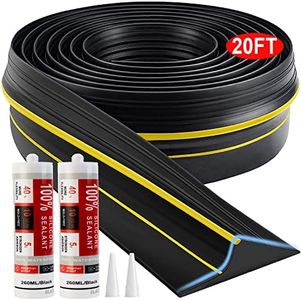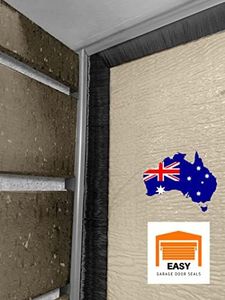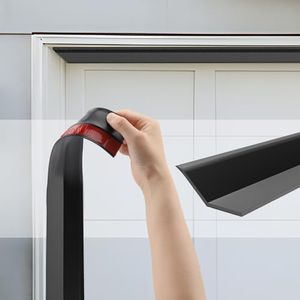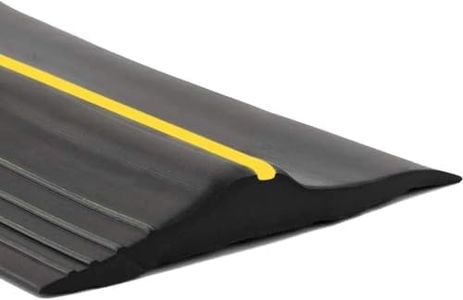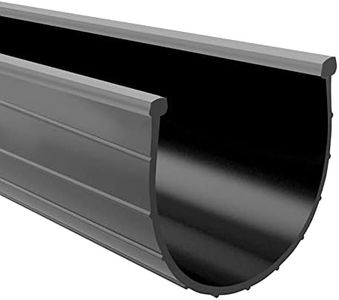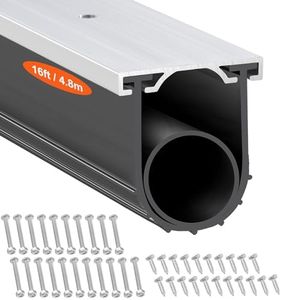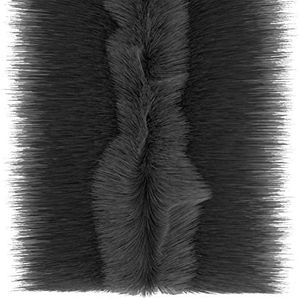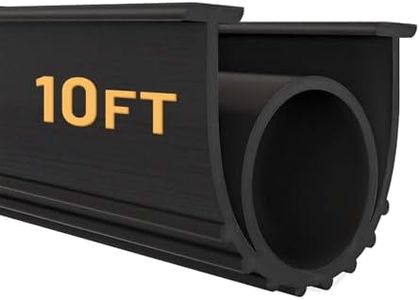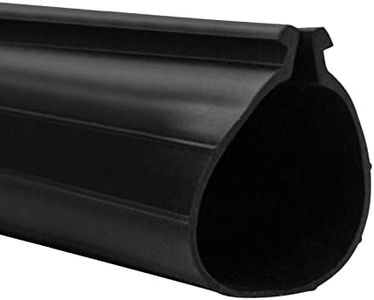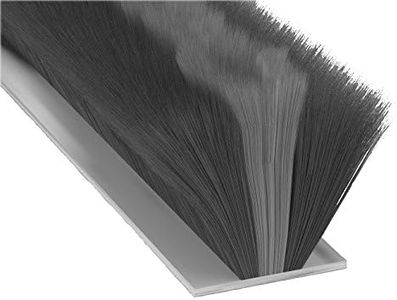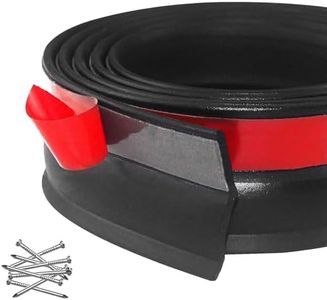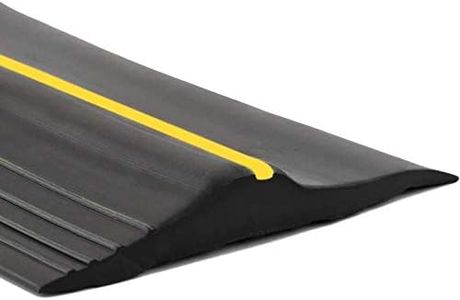We Use CookiesWe use cookies to enhance the security, performance,
functionality and for analytical and promotional activities. By continuing to browse this site you
are agreeing to our privacy policy
10 Best Garage Door Seals
From leading brands and best sellers available on the web.Buying Guide for the Best Garage Door Seals
Choosing the right garage door seal is important for keeping out drafts, water, dust, insects, and even small rodents. The right seal can also help maintain the temperature inside your garage and protect your belongings from the elements. When selecting a garage door seal, it's important to consider where you live, what you store in your garage, and how often you use the space. The main specs you should evaluate will ensure the best fit and performance for your specific needs.MaterialThe material of a garage door seal determines its durability, flexibility, and weather resistance. Common materials include rubber, vinyl, and silicone. Rubber seals are flexible and provide a good barrier against water and drafts, making them suitable for most climates. Vinyl seals are less flexible but tend to last longer and resist UV rays, which is helpful in sunny regions. Silicone seals are the toughest, fitting extreme temperature variations and withstanding constant use, but they can be more expensive. Think about the climate in your area and how exposed your garage is to the weather when choosing a material.
Seal TypeGarage door seals come in different types, like bottom seals, threshold seals, and weatherstripping for the sides and top. Bottom seals attach to the bottom edge of the door and keep out the bulk of water and debris. Threshold seals are installed on the garage floor to create a raised barrier. Weatherstripping is used along the top and sides to make the whole door airtight. To pick the right type, consider whether you need to block water running in, drafts from the sides, or just want a more insulated garage.
Seal Size and FitSeal size refers to both the length (to fit the width of your garage door) and the profile or thickness (how much gap it can seal). Some seals are flat, while others have pronounced ridges or U shapes to plug larger gaps. If your garage floor is uneven or you have a larger gap under your door, you’ll need a thicker or more flexible seal. Accurately measure your door and the gap you want to fill before choosing. The aim is to select a seal that fits snugly without needing force to close the door.
Ease of InstallationSome garage door seals can be installed with just adhesives, while others require screws, nails, or a track system. Simpler adhesive options are quicker to install but might not last as long, especially in areas with a lot of moisture. Track or retainer systems are more secure but need tools and a little DIY effort. Consider how comfortable you are with installing it yourself or if you’ll need professional help. If you want a hassle-free option, look for seals with straightforward instructions and included installation hardware.
Weather ResistanceWeather resistance refers to the seal’s ability to withstand sun, rain, snow, and changing temperatures over time. UV-resistant seals won't crack from sun exposure, and certain materials maintain flexibility in freezing weather. This is important for those in areas with harsh sunlight or cold winters. If your garage door faces severe weather, prioritizing seals that highlight weather resistance will help avoid frequent replacements.
